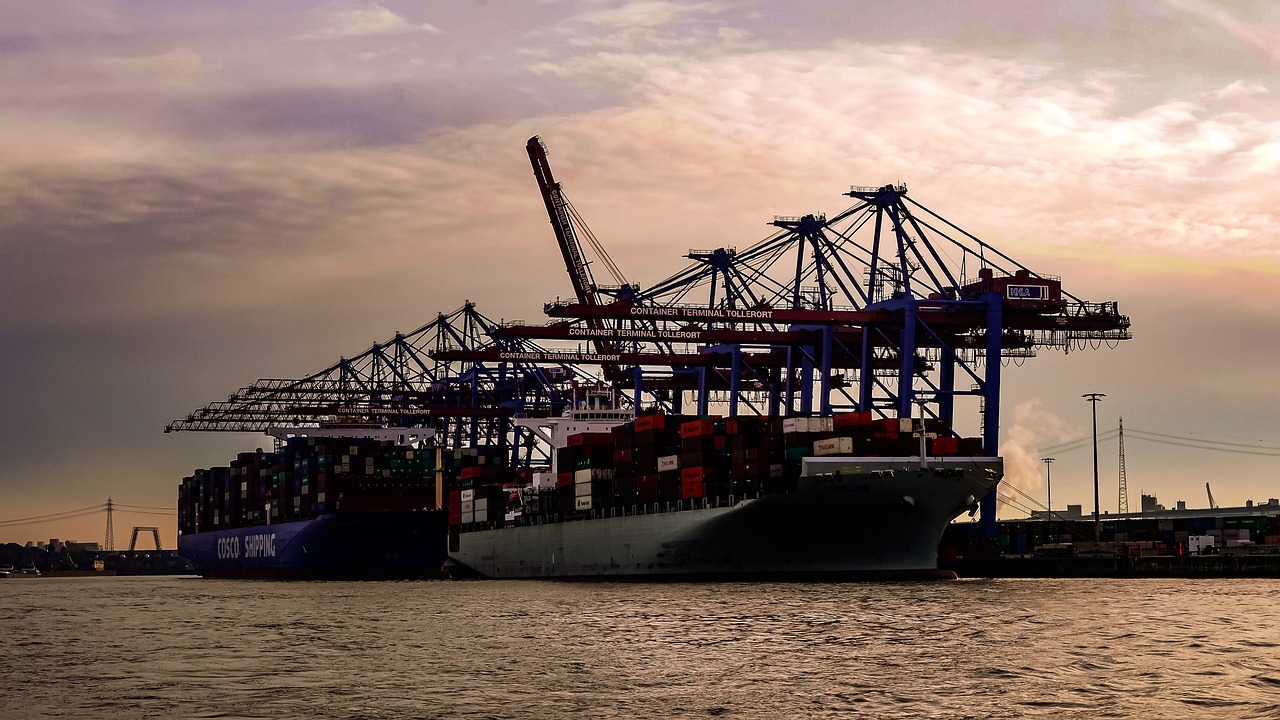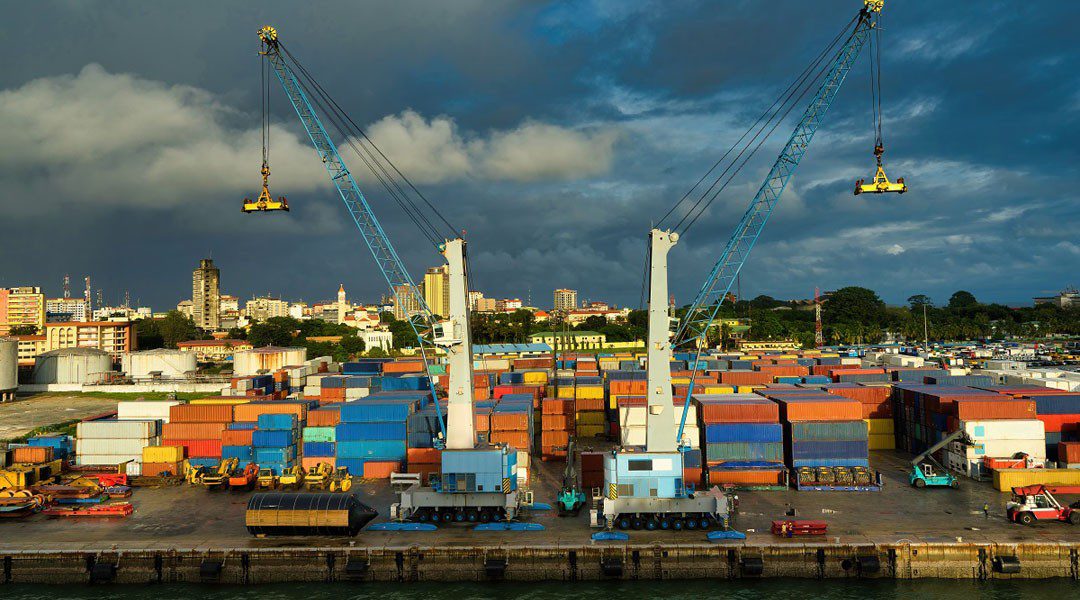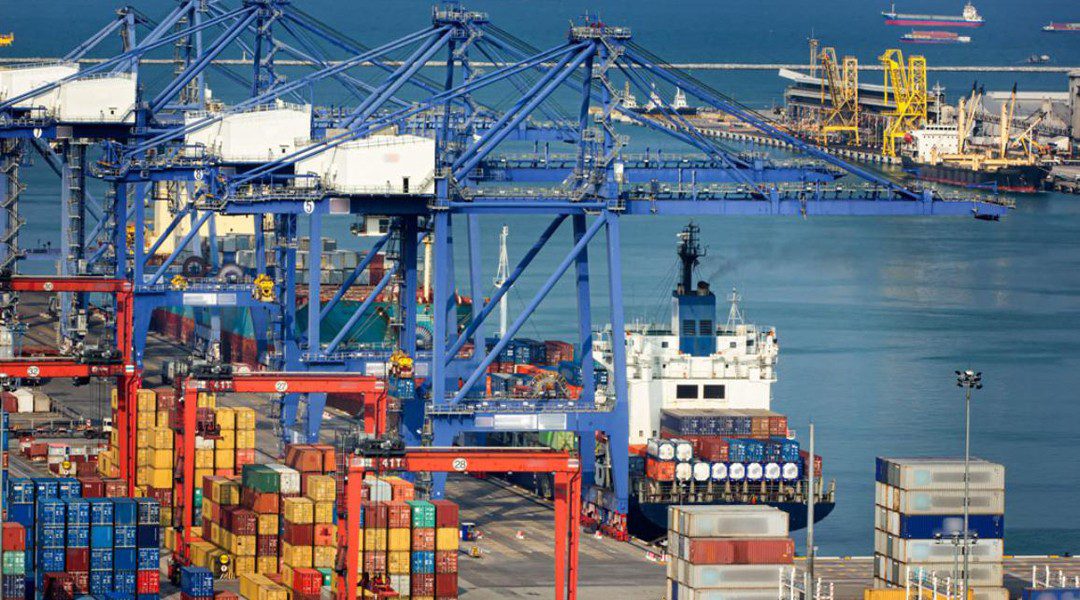The Port of Long Beach said it continued to meet and exceed long-term air emissions goals in 2024, despite handling a record volume of cargo.
According to the Port’s 2024 annual emissions inventory, diesel particulate emissions have fallen 90%, nitrogen oxides 68%, and sulfur oxides 98% since 2005, the baseline year. Over the same period, cargo volume grew 44%.
The Port surpassed targets established in the 2010 Clean Air Action Plan, which aimed by 2023 for reductions of 77% in diesel particulates, 59% in nitrogen oxides, and 93% in sulfur oxides.
Year over year, however, diesel soot and nitrogen oxides rose by 23% and 12%, respectively, while sulfur oxides declined 2%.
The increase was attributed mainly to record throughput of 9.6 million twenty-foot equivalent units (TEUs) in 2024, up 20.3% from 2023, and the inclusion of dredging boats in the inventory for the first time.
The Port said this addition raised harbor craft emissions but improved transparency regarding emission sources.
Since the 2017 update to the Clean Air Action Plan, diesel soot has declined 4%, nitrogen oxides 27%, and sulfur oxides 21%. On a per-container basis, emissions fell by 25% for diesel particulates, 43% for nitrogen oxides, and 39% for sulfur oxides since 2017.
Together with the Port of Los Angeles, the Port of Long Beach plans to expand the voluntary Clean Air Action Plan through “CAAP Plus” measures. These include supporting zero-emissions infrastructure, offering incentives for cleaner oceangoing vessels, advancing shore power, and collaborating with the South Coast Air Quality Management District to use Clean Truck Fund Rate revenue for zero-emissions trucks and infrastructure.
The Port will invest $222 million over the next decade to support zero-emissions and energy resiliency initiatives, including hydrogen fueling stations and shore power systems for non-container terminals.
Currently, 21% of the Port’s cargo-handling fleet operates with zero-emissions technology. Greenhouse gas emissions have increased 16% since 2017. The Port said all six container terminals have projects underway to support zero-emissions cargo-handling equipment and the transition of harbor craft to zero emissions.
The Port of Long Beach and the Port of Los Angeles have also reached green shipping corridor agreements with Shanghai and Singapore to promote low- and zero-emission fuels in global maritime transport.
The Port of Long Beach is a department of the City of Long Beach, California, and one of the two major seaports in the San Pedro Bay complex. It is one of 18 U.S. strategic commercial seaports designated to support national defense logistics and is a key gateway for trans-Pacific trade. The Port handles cargo valued at over $300 billion annually and employs about 2.7 million people nationwide, including nearly 700,000 in Southern California.




